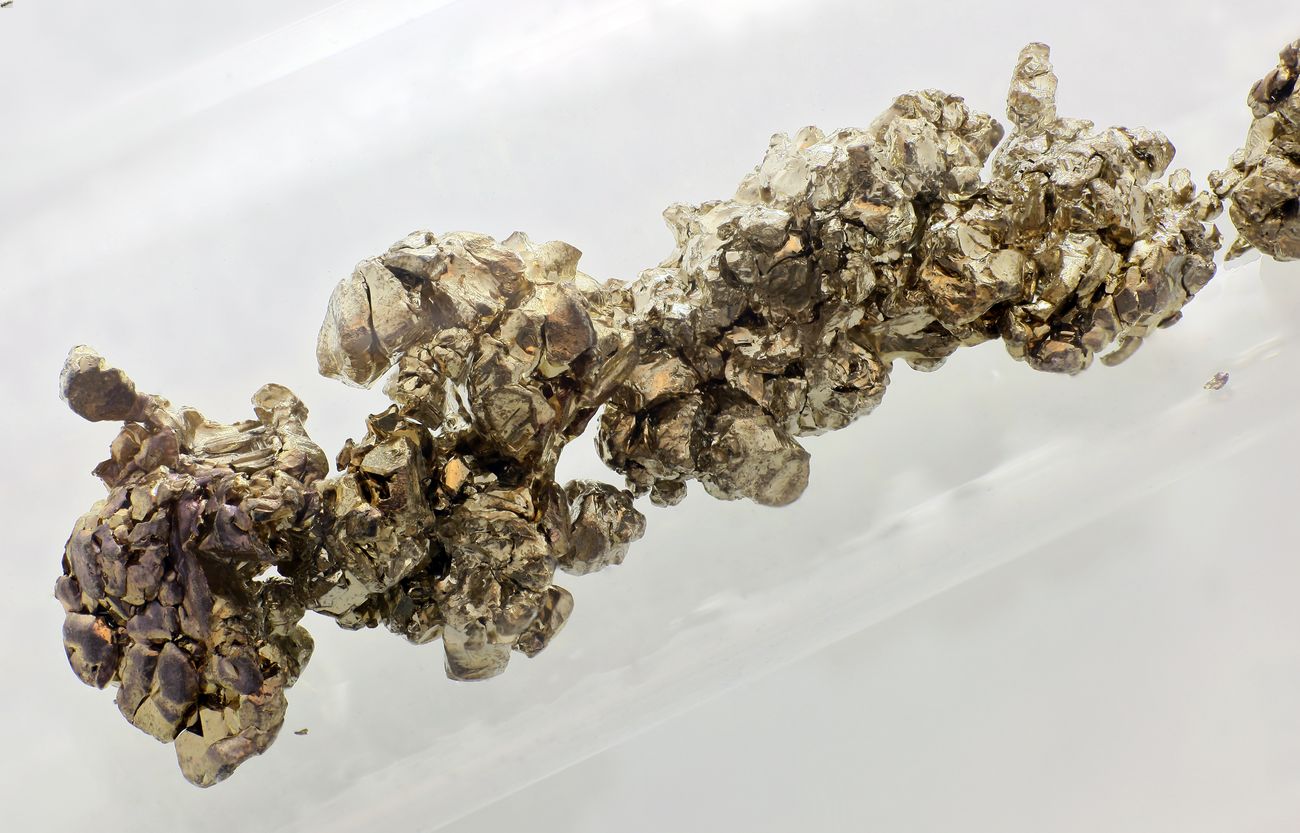
Strontium is a fascinating element that often flies under the radar. Found in fireworks, medical treatments, and even your bones, this versatile metal has a lot more to offer than you might think. Did you know that strontium can create brilliant red flames in pyrotechnics? Or that it plays a role in strengthening bones? Strontium is not just a one-trick pony; it has applications in various fields, from health to entertainment. Whether you're a science enthusiast or just curious about the elements, these 38 facts about strontium will surely pique your interest and expand your knowledge.
What is Strontium?
Strontium is a fascinating element found on the periodic table. It has various applications and unique properties that make it stand out. Here are some intriguing facts about strontium:
- Strontium is a soft, silvery metal that belongs to the alkaline earth metal group.
- It was discovered in 1790 by Adair Crawford, a Scottish chemist.
- The element was named after the Scottish village of Strontian, where it was first found.
- Strontium has the atomic number 38 and the symbol Sr.
- It is the 15th most abundant element in the Earth's crust.
Strontium's Physical and Chemical Properties
Strontium's properties make it quite unique among the elements. Here are some key characteristics:
- Strontium is highly reactive with water, producing strontium hydroxide and hydrogen gas.
- It burns with a bright red flame, which is why it's used in fireworks and flares.
- The metal is softer than calcium but harder than lead.
- Strontium has a melting point of 777 degrees Celsius (1431 degrees Fahrenheit).
- Its boiling point is 1,382 degrees Celsius (2,520 degrees Fahrenheit).
Uses of Strontium
Strontium has various applications in different industries. Here are some of its uses:
- Strontium carbonate is used in the production of glass for color television tubes.
- Strontium ferrite is used to make permanent magnets.
- Strontium aluminate is used in glow-in-the-dark paints and plastics.
- Strontium chloride is used in toothpaste for sensitive teeth.
- Strontium ranelate is used as a medication to treat osteoporosis.
Strontium in Nature
Strontium is naturally occurring and can be found in various forms. Here are some facts about its presence in nature:
- Strontium is found in minerals such as celestite and strontianite.
- It is more abundant in the Earth's crust than tin, cobalt, and lead.
- Strontium is present in seawater at a concentration of about 8 milligrams per liter.
- It is also found in soil, where it can be absorbed by plants.
- Strontium isotopes are used in geological dating to determine the age of rocks and fossils.
Strontium Isotopes
Strontium has several isotopes, each with unique properties. Here are some interesting facts about its isotopes:
- Strontium has four stable isotopes: Sr-84, Sr-86, Sr-87, and Sr-88.
- Sr-87 is used in radiometric dating to determine the age of rocks and minerals.
- Strontium-90 is a radioactive isotope produced by nuclear fission.
- Sr-90 has a half-life of 28.8 years and is considered a significant environmental pollutant.
- Strontium-89 is used in medicine to treat bone pain in cancer patients.
Health Effects of Strontium
Strontium can have both beneficial and harmful effects on human health. Here are some facts about its impact:
- Strontium is similar to calcium and can replace it in bones.
- Strontium ranelate helps increase bone density and reduce fracture risk in osteoporosis patients.
- High levels of strontium-90 exposure can lead to bone cancer and leukemia.
- Strontium supplements are sometimes used to improve bone health.
- The human body absorbs strontium more efficiently than calcium.
Strontium in Everyday Life
Strontium has a presence in various aspects of daily life. Here are some examples:
- Strontium compounds are used in the production of ceramics and glass.
- Strontium is used in the refining of zinc.
- It is also used in the production of certain types of aluminum alloys.
- Strontium is found in some types of fireworks, giving them a bright red color.
- It is used in the manufacturing of ferrite magnets found in small motors and electronic devices.
Fun Facts About Strontium
Strontium has some quirky and lesser-known facts that make it even more interesting. Here are a few:
- Strontium was once used in the production of sugar from sugar beets.
- The element is named after a small village in Scotland, making it one of the few elements named after a place.
- Strontium's red flame is so distinctive that it is used as a marker in pyrotechnic displays to identify different sections of a show.
Strontium's Fascinating World
Strontium isn't just another element on the periodic table. Its unique properties make it a key player in various fields. From fireworks to medical imaging, strontium's vibrant red flame and ability to mimic calcium highlight its versatility. It's found in nature, often in minerals like celestite and strontianite. Strontium-90, a radioactive isotope, has both beneficial and harmful effects, used in cancer therapy but also a byproduct of nuclear fallout.
Understanding strontium's role in our world helps us appreciate its contributions to science and industry. Whether it's enhancing the brilliance of fireworks or aiding in bone health research, strontium continues to be a valuable element. Keep an eye out for this fascinating element in everyday life, and you'll see just how integral it is to modern advancements.
Was this page helpful?
Our commitment to delivering trustworthy and engaging content is at the heart of what we do. Each fact on our site is contributed by real users like you, bringing a wealth of diverse insights and information. To ensure the highest standards of accuracy and reliability, our dedicated editors meticulously review each submission. This process guarantees that the facts we share are not only fascinating but also credible. Trust in our commitment to quality and authenticity as you explore and learn with us.
